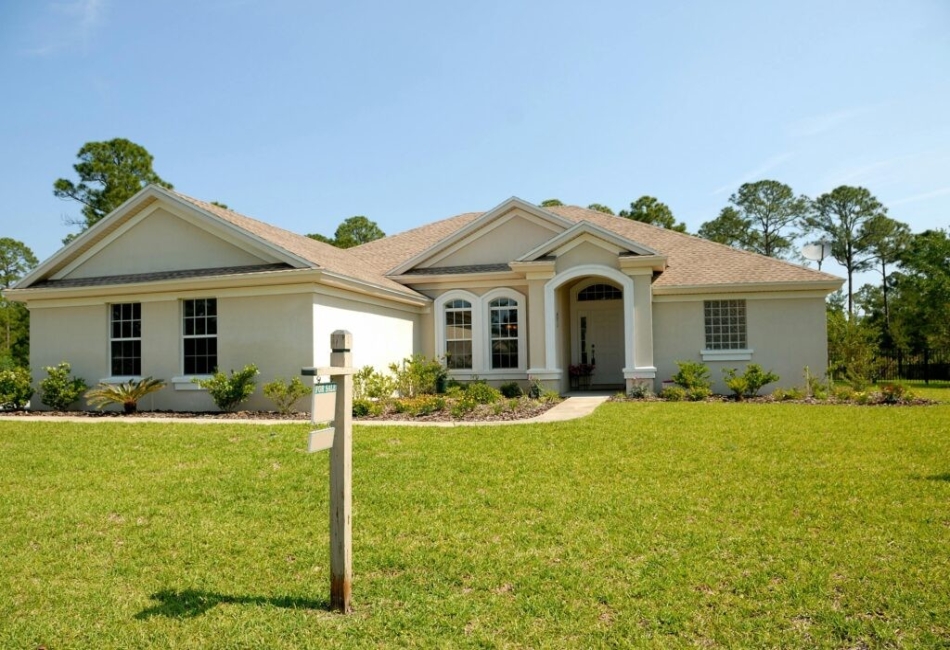When we choose the color of a roof, we generally incline toward what is aesthetically pleasing and what goes well with the vibe of the house. However, many are unaware that the color you choose also determines the temperature of your home. No, this is not a homeowner’s myth, but a fact backed by actual science.
Let us understand how your roof color determines whether you’ll sweat through summers or have a cool, comfortable vacation.
The Science Behind Roof Color and Temperature
Roof color affects how much solar radiation (sunlight) your home absorbs. Darker colors absorb more heat, while lighter colors reflect sunlight. Darker colors can raise the attic temperature by up to 40°F compared to light-colored roofs. This increases the load on your air conditioner as well. On the other hand, light colors reduce cooling costs by 10–30%, especially in hot climates, and keep the attic and indoor temperatures lower, allowing you to relax without drenching in sweat.
This phenomenon is part of what’s called the “albedo effect”- a measure of how well a surface reflects sunlight. A white roof has a high albedo, while black or dark gray roofs have low albedo.
Hot vs. Cold Climates: Choose Based on Where You Live
A beautiful charcoal roof looks sleek. But if you live in places like Phoenix, Arizona, you’ll end up experiencing how a pizza feels inside a brick oven. In hot climates where the sun doesn’t take a break, colors like white, beige, light gray, or pale terracotta can be considered. In fact, many homes in hot southern states are now switching to “cool roofs” with reflective coatings that bounce off UV rays and keep homes significantly cooler.
On the flip side, if you live in cooler areas like Buffalo or Chicago, darker-colored roofs like black, dark brown, or charcoal may actually work in your favor. Many experienced roofers in Chicagoland recommend darker shingles in such regions to help homes retain warmth during long, chilly winters.
For Instance
Let’s imagine two homes, identical in structure and layout. One has a black asphalt shingle roof; the other has a white metal roof with reflective coating.
On a sunny 40°C (104°F) day:
- The attic under the black roof reaches 70°C (158°F)
- The attic under the white roof stays around 40°C (104°F)
That’s a 30-degree difference! Now imagine the strain on your AC to cool that down—no wonder your electricity bill feels like a second mortgage.
The material and color both significantly influence the home’s temperature.
Aesthetic Considerations vs. Practical Benefits
You don’t have to completely compromise your aesthetic choice of roof, as there are middle grounds!
Various options like pale green or blue, cool gray, and terracotta red can balance style and function well.
Ventilation & Insulation Matter Too
- Proper ventilation allows hot air to escape the attic.
- Insulation keeps your indoor space stable, regardless of outdoor temperature.
- Radiant barriers can be installed under your roof to reflect heat.
Together with the right roof color, these upgrades can make your home feel comfy and cozy.
So, Does Roof Color Affect Your Home’s Temperature?
Absolutely. When you choose the right color, you ensure greater energy efficiency, enhanced indoor comfort, and long-term savings on your utility bills, while still keeping your home looking stylish and climate-appropriate.
Next time you redo your roof, don’t skip the color check!



